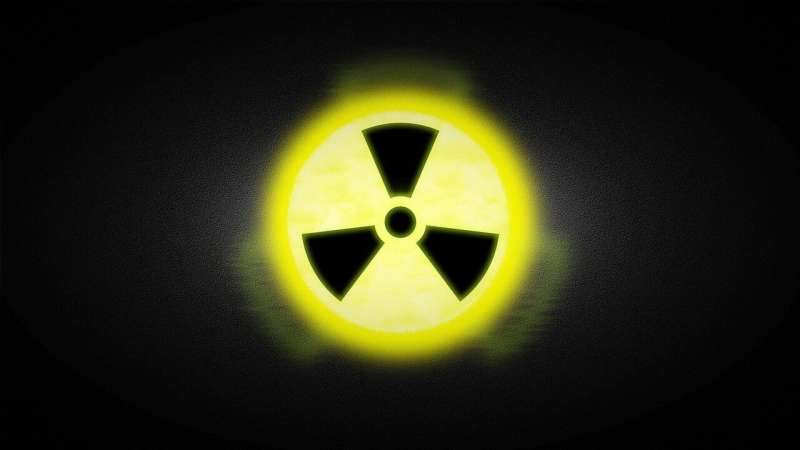Childhood Exposure Near Coldwater Creek in St. Louis Linked to Increased Cancer Risk

Living near Coldwater Creek in St. Louis during childhood has been associated with a higher risk of developing various cancers, highlighting the long-term health impacts of environmental radiation exposure from nuclear waste contamination.
Recent research conducted by Harvard T.H. Chan School of Public Health reveals a significant link between living near Coldwater Creek, a tributary of the Missouri River north of St. Louis, during childhood, and an increased risk of developing various cancers. Coldwater Creek was contaminated with nuclear waste from the early development of atomic bombs, raising longstanding health concerns within the local community.
The study, titled "Cancer Incidence and Childhood Residence Near the Coldwater Creek Radioactive Waste Site," analyzed data from a cohort of individuals who resided in the Greater St. Louis area between 1958 and 1972. These participants had donated their baby teeth since 1958 to measure radiation exposure from atmospheric nuclear testing. By examining self-reported cancer cases alongside proximity to Coldwater Creek, researchers identified a clear dose-response relationship—those living closer to the creek faced higher cancer risks.
Specifically, among 4,209 participants, 24% reported having cancer. Individuals living less than one kilometer from Coldwater Creek had a 44% higher risk of any cancer compared to those residing over 20 kilometers away. The increased risks were particularly notable for solid tumors, radiosensitive cancers such as thyroid, breast, leukemia, and basal cell cancers, which were 85% higher among those living closest to the creek. The findings suggest that even low-to-moderate radiation exposure from environmental contamination can contribute to cancer development.
This study's findings align with concerns about the long-term health impacts of nuclear waste and environmental radiation exposure. It coincides with legislative efforts, including the expanded Radiation Exposure Compensation Act (RECA), allowing affected residents to seek compensation for radiation-related medical expenses.
The researchers emphasize that their results may have broader implications, especially as nations consider expanding nuclear energy and weapon programs. The waste generated from these activities could pose health risks to communities, even at lower exposure levels. Lead author Marc Weisskopf from Harvard warns that more attention should be given to long-term health monitoring of populations residing near contaminated sites.
Other contributors to the study include Michael Leung, Ian Tang, Joyce Lin, Lorelei Mucci, Justin Farmer, and Kaleigh McAlaine. The full study is published in JAMA Network Open.
This research underscores the importance of environmental health vigilance and may inform future policies aimed at reducing community exposure to nuclear waste and radioactive materials.
Stay Updated with Mia's Feed
Get the latest health & wellness insights delivered straight to your inbox.
Related Articles
Ending the Aggressive Online Marketing of Baby Formula: A Matters of Public Health
Digital marketing campaigns for baby formula dangerously undermine breastfeeding efforts worldwide. Learn how regulations and support initiatives can protect child health and promote natural nutrition.
Climate Change Accelerates Dengue Fever Spread in Asia and the Americas
A groundbreaking study reveals that climate warming is intensifying the spread of dengue fever across Asia and the Americas, with potential cases increasing up to 76% by 2050. Rising temperatures expand the mosquito habitat, heightening health risks worldwide.
Isolated REM Sleep Behavior Disorder as an Early Predictor for Parkinson's Disease and Dementia
New research from the University of Montreal reveals biomarkers in isolated REM sleep behavior disorder that can predict the development of Parkinson's disease and dementia years before symptoms appear, paving the way for early personalized interventions.
Eight-Month-Old Infants Demonstrate Adaptive Learning Capabilities
New research shows that eight-month-old babies can flexibly adapt their learning styles to environmental changes, indicating early cognitive maturity and active engagement in learning processes.



